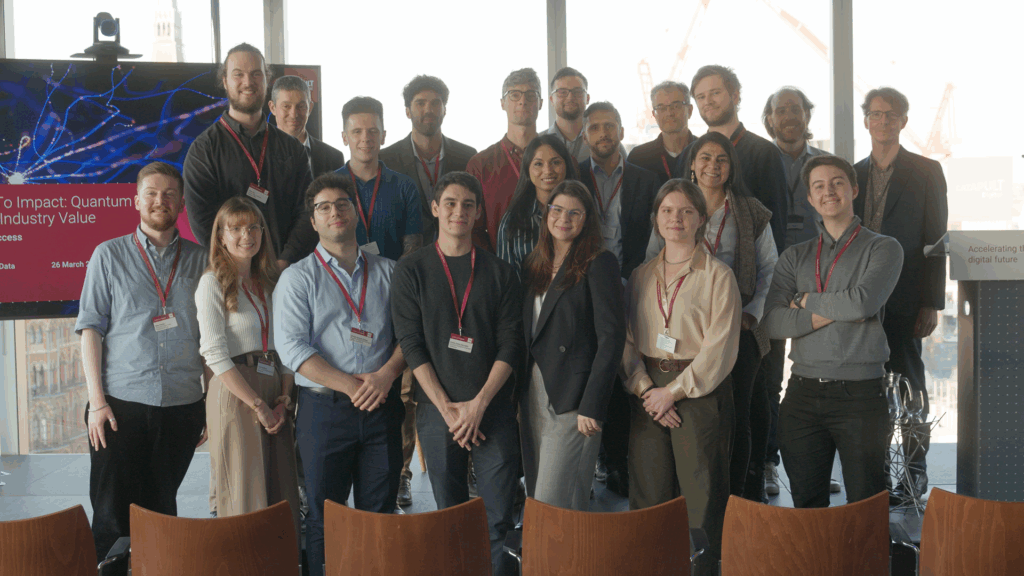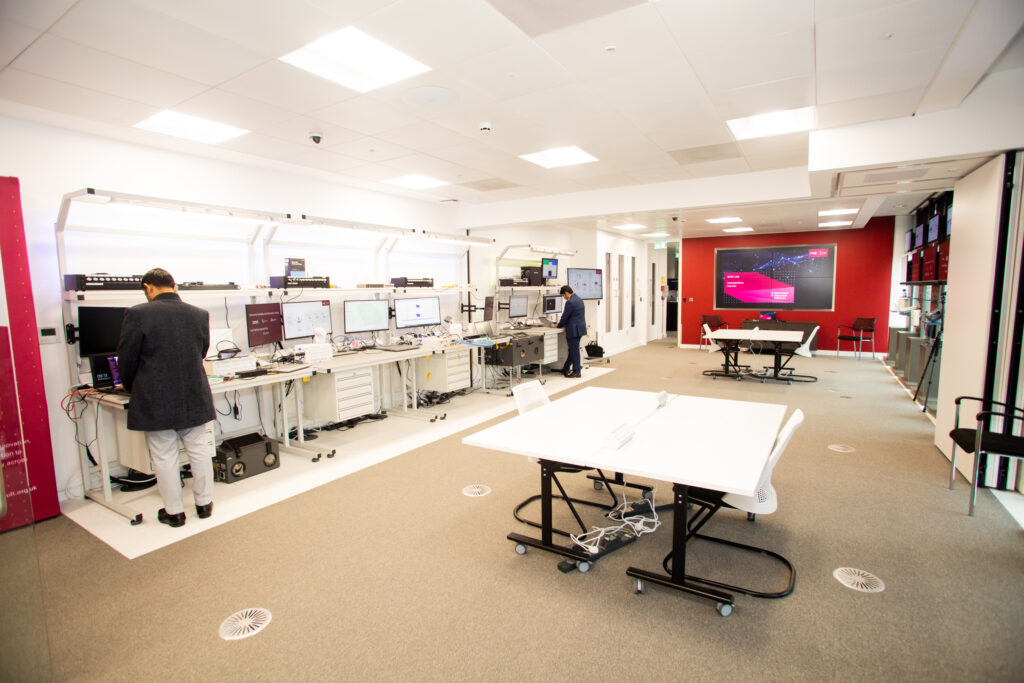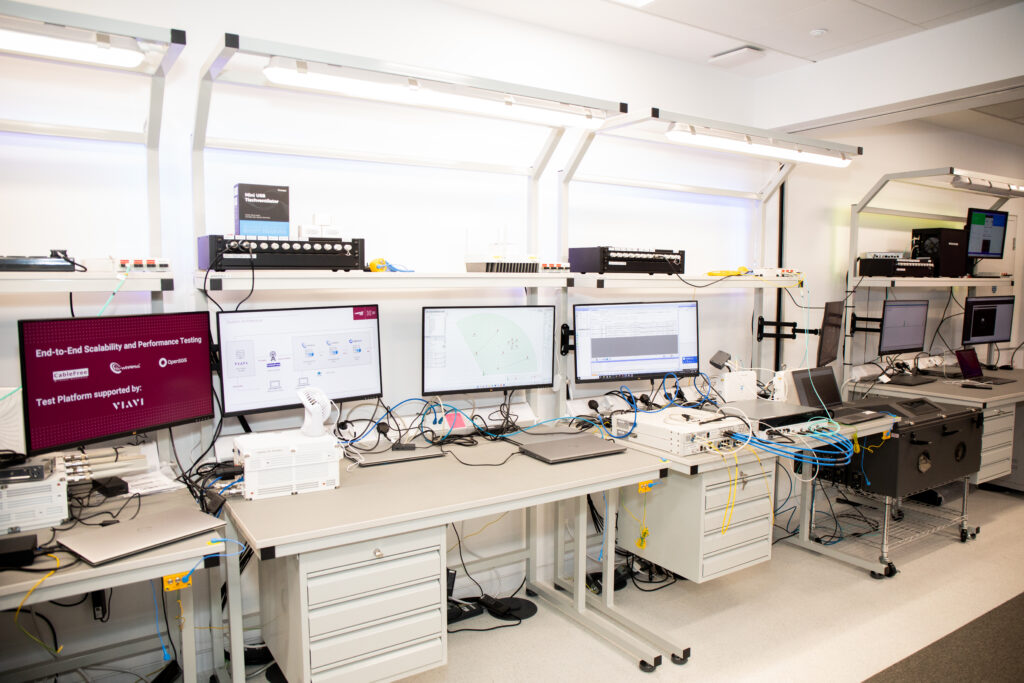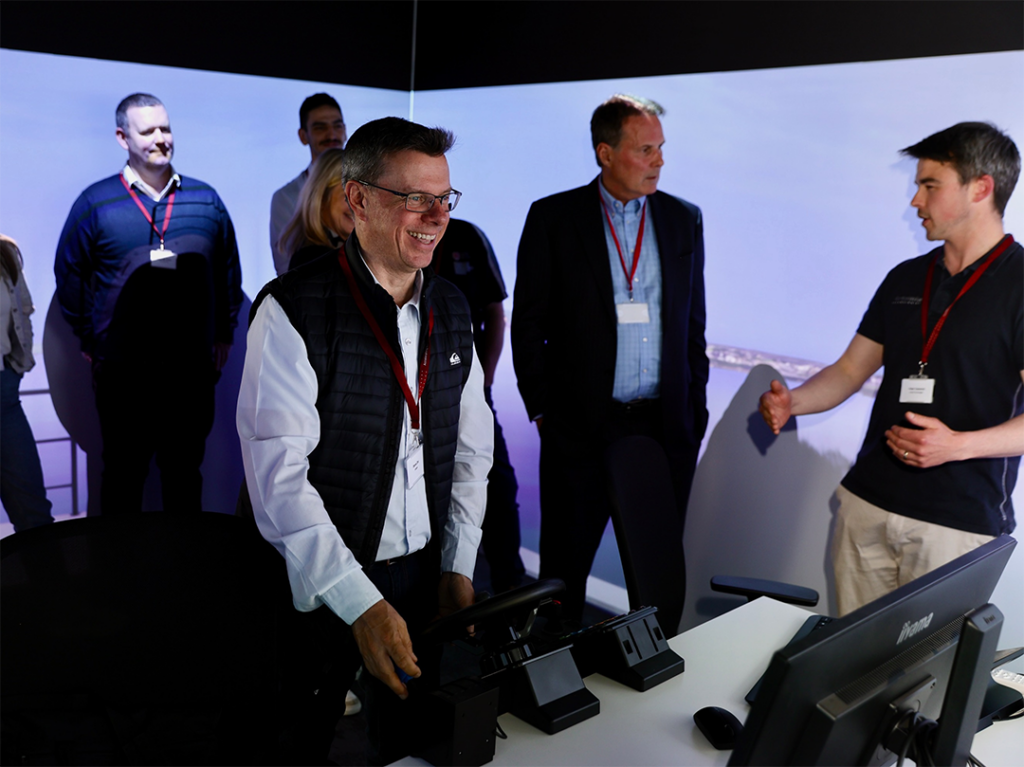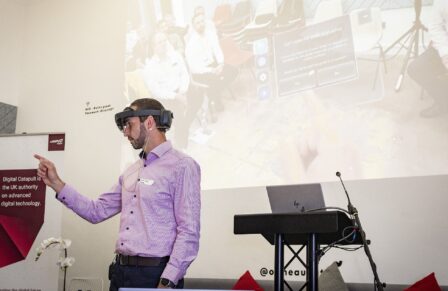This is a guest blog for Digital Catapult by Nigel Stephenson, Dir. Market Development at VMware
The telecommunications industry is undergoing a big shift with the adoption of cloud-first methodologies enabling a break away from legacy network architectures towards open, multi-vendor ecosystems.
Having established a footprint in core telco cloud deployments globally, in recent years VMware has been expanding its capabilities to address the challenges and bring a cloud-centric approach to the RAN (Radio Access Network).
A key objective is to enable Communication Service Providers (CSPs) to modernise their entire networks, simplify their operations with a consistent approach end-to-end, and further monetise their infrastructures. Having focussed on Core infrastructure for several years, CSPs are now turning their attention to the disaggregation of the RAN.
But the network modernisation journey doesn’t stop at the disaggregation. The next phase is to make the RAN and the entire network programmable – this has the potential to unlock countless innovation opportunities.
The central role of the Radio Intelligent Controller
The Radio Intelligent Controller (RIC), a concept defined by the O-RAN Alliance, transforms the once proprietary RAN into a programmable platform for innovation.
With the RIC, application developers can participate in this previously closed domain and bring innovation to the RAN in ways that were simply not possible with previous closed and proprietary solutions. Innovative applications, many of which use Artificial Intelligence and Machine Learning, are being infused into the RAN, making it easier to optimise and monetise.
There have already been a number of successful trials that have demonstrated the power of the RIC ecosystem in delivering new services and service optimisations, from geolocation services to pull location data directly from the network through to optimisation solutions that double the effective spectrum at a cell site. These use cases are enabled by innovative multi-vendor xApps and rApps that interact with the RAN in two directions through the RIC.
Building blocks of programmability: RIC, rApps and xApps
The RIC is actually defined as two separate functions: the Non-Real-Time RIC and the Near-Real-Time RIC. They have been defined to provide third-party developers with programmable access to the management plane and control plane of the RAN, respectively.
These third-party applications, known as rApps and xApps, observe and interact with the RAN through the RIC in order to improve experiences, deliver new services and optimise operations.
The Non-Real-Time RIC offers a set of services to observe, analyse and optimise the RAN at time scales greater than one second. rApps are self-contained applications that consume one or more Non-Real-Time RIC services and contain the intelligence to analyse and/or optimise the RAN.
rApps operate by consuming contextual information from the RAN itself, other rApps, or external sources to analyse them (open loop) and/or construct changes in RAN policy or configuration that will optimise the RAN (closed loop). For example, a rApp may consume traffic data and analyse it against a machine learning model to produce predictions about future traffic. Another rApp may consume those predictions to proactively optimise capacity and coverage by adjusting cell parameters.
While rApps leverage the Non-Real-Time RIC for management tasks that can tolerate latencies of over 1 second, xApps on the other hand leverage the Near-RT RIC to program the near-real-time RAN control plane, i.e., the subset of control algorithms that operate in a control loop with delays of 10 milliseconds to 1 second.
Unlocking innovation
For the first time in the history of commercial RAN, the RAN control plane is open to external developers. Smaller companies, start-ups, universities, research organisations, the Communication Service Providers themselves or even individual developers can now build rApps and xApps to program the deeper layers of the RAN. In doing so, the opportunity now exists for CSPs to push the frontiers of network operation and service value.
We’re currently working with Digital Catapult to explore new opportunities to apply this technology. For example, earlier this week we led a technical challenge to bring together organisations to collaborate in an innovation workshop, alongside Digital Catapult and BT, to explore how third-party applications running on the RIC could help to optimise RAN performance. This optimisation could help to deal with network traffic in a dense urban environment with standard traffic patterns that include surges due to unexpected or expected factors, such as in busy commuting areas. Insights from the workshop will be shared in future Digital Catapult blogs.
For more information on VMware solutions, check out the VMware RIC eBook.
Interested in learning more about how Open RAN can open the door to innovation? Listen back to Digital Catapult’s recent webinar to hear from Lance Uyehara, Director Product Management at VMware, alongside speakers from Meta, BT, Mavenir and more.
If you’re interested in finding out more about SONIC Labs click here.
































